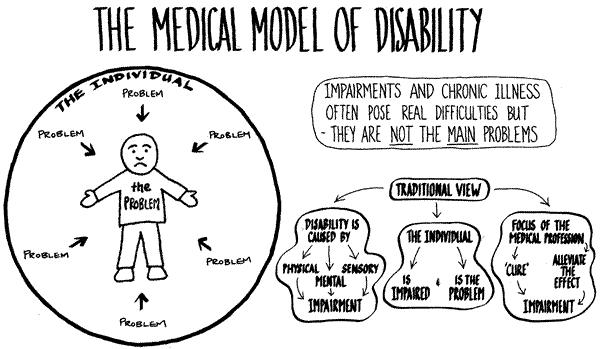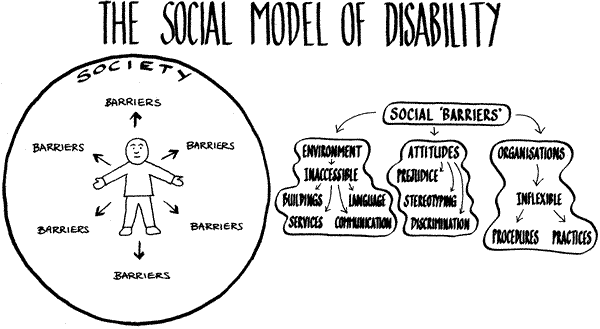Being responsive to the needs of URM students: Part 2
Last month, I wrote Part 1 of a post about how instructors and mentors of undergraduate students in STEM can be responsive to the unique needs of students from underrepresented groups. Students of color, women, gender and sexual minorities (GSMs), and disabled students are among some of the groups that are underrepresented in most STEM fields.
Mentoring and effective teaching both very important to retaining and supporting the professional development of underrepresented minority (URM) students in STEM fields.
Mentoring Is Critical to Keep Minorities in #STEM by @sophianshaw https://t.co/1iLnkIuwHU via @Entrepreneur #Diversity
— Yolanda Lee Conyers (@YolandaLConyers) October 19, 2015
Here I will give a few more suggestions to help URM students in STEM by expanding on my previous post.
- Encourage students to engage in professional development and research opportunities. It is so important to have internship and research experience as an undergraduate STEM student if you want to continue into a lucrative and fulfilling career. STEM students who wish to continue into graduate school should have as many research experiences as they can get. These experiences will give students a fairly realistic picture of what graduate research is like. Students can also try out a variety of fields and research environments to get a feel for what subjects interest them most. Research experiences often come from networking and from “knowing someone who knows someone.” If you want to be a good mentor to your students, you should suggest research and internship experiences to all of your students that match their expressed goals and interests. However, it is of particular importance to suggest and recommend these opportunities to URM, who are likely to have had fewer networking opportunities than other students.
- Be responsive to extenuating circumstances that come with belonging to a certain group. Lecture slide designs, test formats, classroom formats, and more — these things are crucially important to consider when thinking about disabled students and they can be unintentionally exclusionary. For example if your slides make heavy use of color, colorblind students may find them difficult to read. If the font you use on tests is of the serif family, your dyslexic students might find it less readable than a simple sans serif font like Helvetica. Being available to your students so that they feel comfortable letting you know what reasonable accommodations they need is important because students know more about what they need than you do. This can be as simple as adding a line in your syllabus stating that you are “happy to provide accommodations to students” or announcing on the first day of class ways for students to contact you to talk about accommodations. The best and easiest way for instructors to help disabled students is to think about these things on the front end, while you are planning and making materials for your class. Using the principles of Universal Design for Learning (UDL), which I wrote about here, can serve as a guide for helping both disabled and non-disabled students to engage with content in multiple ways and learn more effectively. If you feel lost when designing accommodations or inclusive lesson materials, you can always reach out to your campus’s office of disability services. GSU’s Disability Services Office can be found here.
- Recognize that exercising cultural competency does not mean lowering the bar academically. Supporting URMs in STEM majors does not mean that you should lower standards. URM students are just as competent as students from majority groups. Acting otherwise is not only false but insulting and harmful. The best way to foster high achievement among URMs is to set high, realistic expectations and to follow through with solid, evidence-based teaching and mentoring practices. When setting high expectations for disabled students, it is important to draw distinctions between a high intellectual bar and a high physical bar. Asking students to do copious amounts of work that will practically guarantee sleep loss and health sacrifices is not reasonable. Asking students to perform independent experiments in class after being given a little background knowledge or make meaningful connections between different concepts are reasonable expectations.
- Be aware of power imbalance. As a mentor or an instructor, you are in a position of greater power relative to your students. You can use that position for good things like advocating for them, introducing them to important people, or putting a good word in for recommendation letters. However, you should always keep in mind not to overstep your bounds. You are not your student’s friend. You can be their ally, mentor, teacher, etc. but you can’t be their friend. The mentor relationship goes one way: they cannot do personal favors for you like babysitting your kids, washing your car, or picking you up from the airport. Through conversations and collaborations, however, you and your mentee/student are sure to learn a great deal from each other. Here is a great guide on how to be a highly effective mentor.
- Actively educate yourself on issues that affect your students and take concrete steps to break down the barriers that stand in their way. Listening to your students and listening to the pulse of your field are crucial to being an effective, empathetic mentor or instructor. Read published journal articles and news pieces about race, gender, class, ability, sexuality, etc. issues within the context of society as a whole and in the context of your field. These things affect your students profoundly. When the sexual harassment scandals recently rocked the Astronomy community or when a Nobel laureate and respected scientist made sexist comments about women in science at an event for women in science journalism, you can bet that women in those fields (and women students who were thinking about going into those fields) were affected by that. When racist scandal after racist scandal surfaces on college campuses all over North America, you can bet that your students of color are affected by that. When young people are told that being a scientist means sacrificing your health, your personal life, and your possible plans to have a family, your students hear that. These things add up to an environment that makes URM students feel like they are not welcome in the field. Using your position of relative power, you can and should take steps to improve the environment for your students.
These are just a small selection of concrete steps that mentors and instructors of URMs in STEM can take to help ensure their success. If you find something crucial that I am missing, please put it in the comments below.


